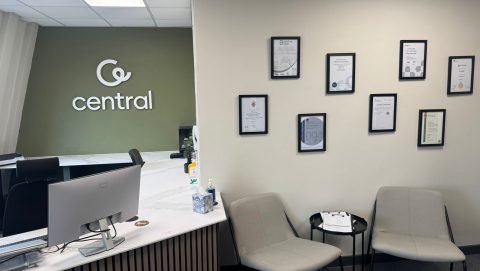
Employee learning and development (L&D) remains a top consideration for businesses and is imperative for individual, team, and organisational success. However, cultural factors can often make or break an organisation’s L&D strategy.
The HR Research team at SAP has conducted research on this very important topic and has concluded there are four ways to build a culture of lifelong learning in an organisation:
Reward and recognise learning;
From the employee perspective, evidence shows that learning behavior suffers when reward and recognition are not provided. When asked what they perceive to be the most disruptive barriers to their learning behavior, employee survey respondents believe that a “lack of financial reward to learn” prevents them from learning the most, followed by a “lack of recognition of learning.” Lack of reward and recognition not only relates to less learning behavior but also to important employee outcomes. Employees who cite inadequate reward and recognition as barriers to their learning are more likely to turn over, have worse experiences with learning, feel less motivated to learn, and be less engaged. Additionally, employees rate the barriers of inadequate reward and recognition even more obstructive than not having time to learn. This indicates that organizations hoping to reduce barriers to employee learning must consider acknowledging employees for learning in addition to providing them the time to do so.
Ensure leadership support and role modelling;
Leadership plays an integral role in building and sustaining a learning culture. Leaders’ attitudes, behaviors, and words shape the culture internally and communicate the culture externally. Leaders are also responsible for dedicating time and resources to learning efforts, driving not only the quantity and quality of learning and development offerings but also employees’ awareness and use of those offerings.
Close the awareness gap
Organizational culture can be evaluated not only by its positivity but also by its strength. Strong cultures are those in which: 1) perceptions of the culture are consistent across employees, and 2) all employees are similarly driven by the organization’s values, regardless of their hierarchical position, line of business, or tenure. By contrast, in weak cultures, employees’ perceptions of the culture are inconsistent, and the organization’s values are not widely shared. These awareness gaps, or group-based differences in knowledge of available learning opportunities, persist when only certain
groups receive communication about and access to learning opportunities. For some, the organization’s learning culture is positive, and they feel driven to learn.
Enable with technology
In an increasingly digital world with a rise in flexible, remote, and hybrid work models, learning and development opportunities are becoming more and more augmented with technology or offered using technology as a vehicle. This makes technology enablement a crucial factor in the learning culture of organizations. With such a rise, it is important to consider: 1) how technology influences an employee’s overall experience with learning and 2) the ways in which technology can be used to improve, rather than hinder, learning experiences.
Source – https://www.peoplemanagement.co.uk/





















